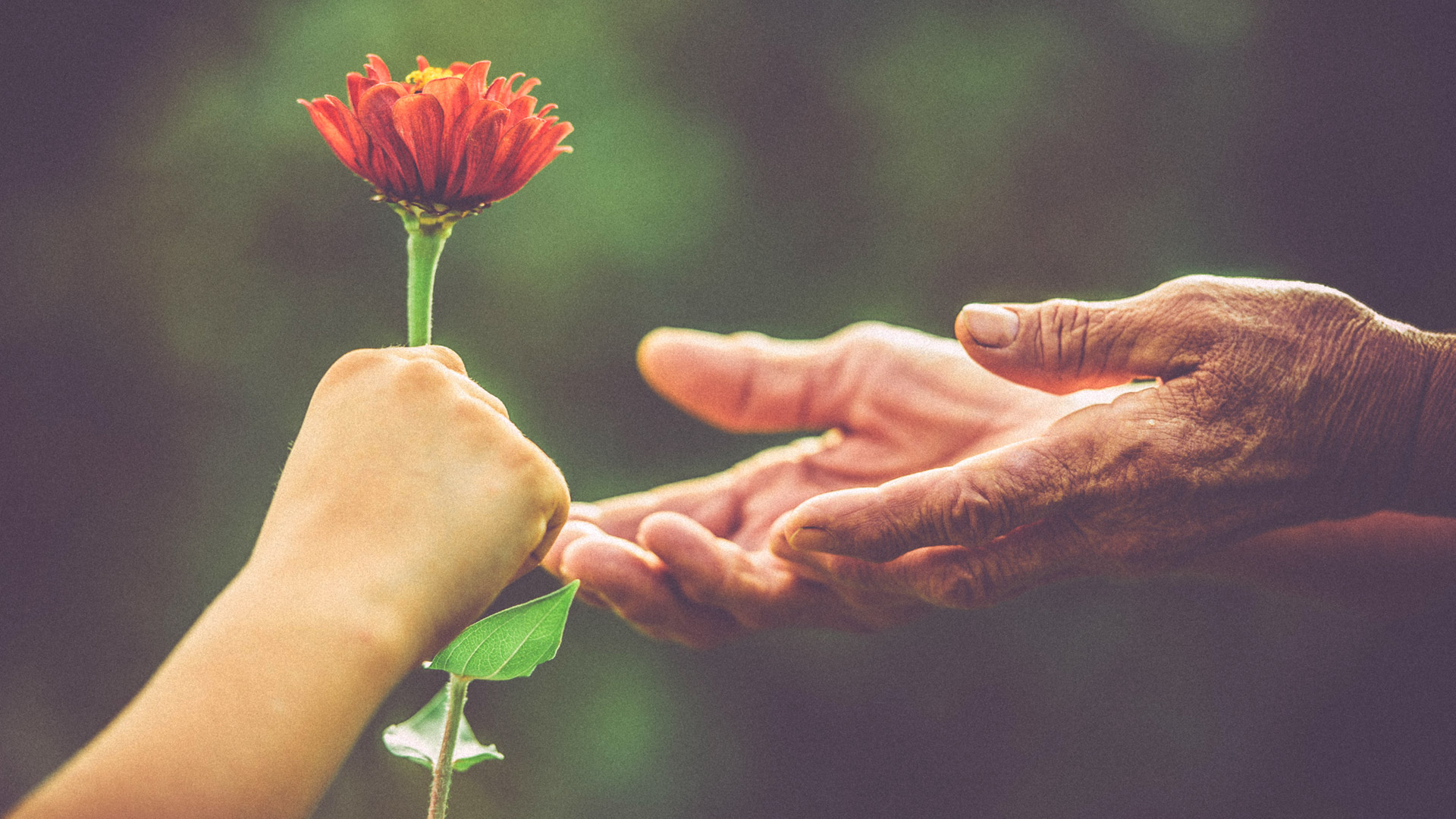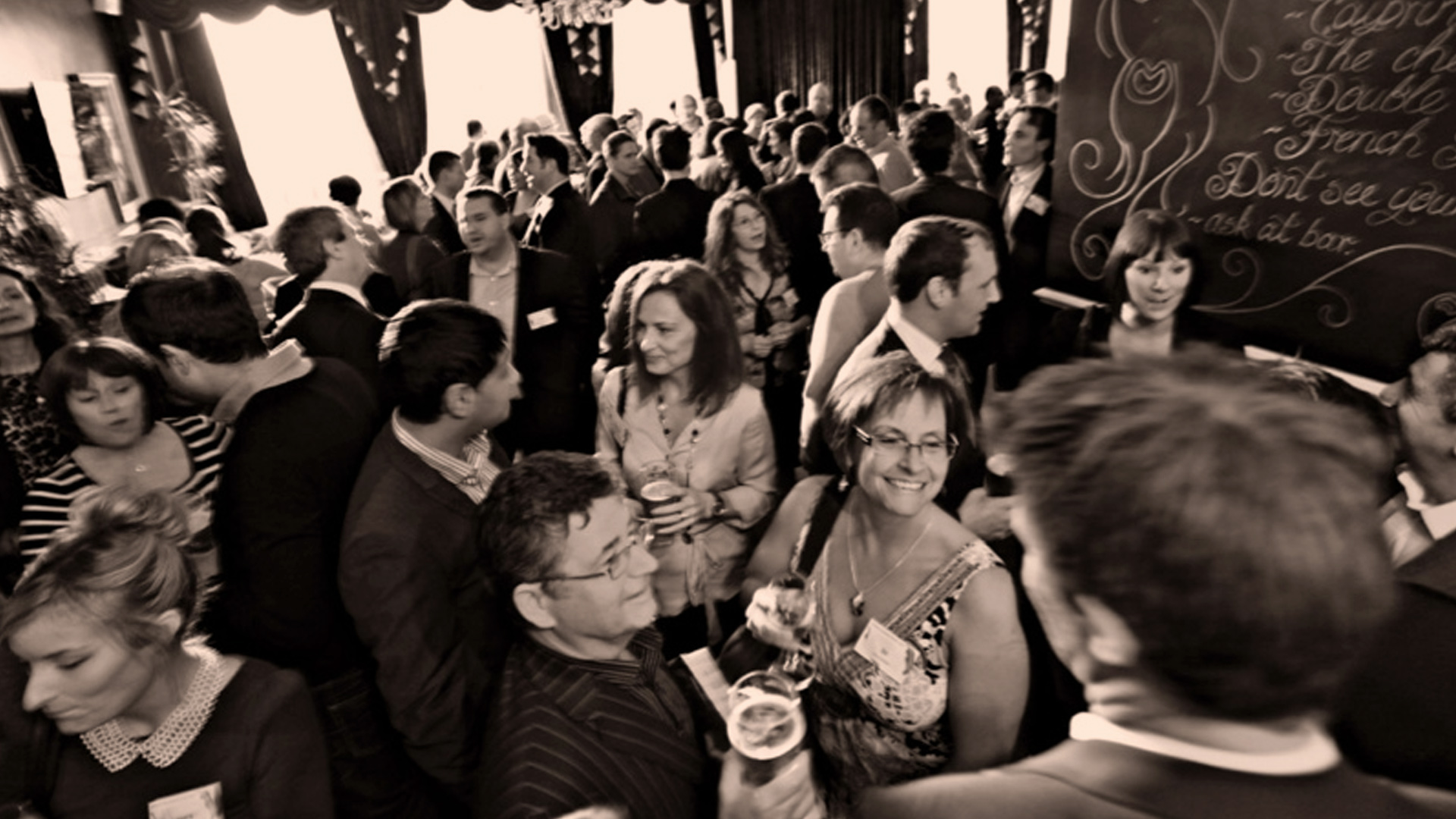
Popular: The Power of Likability in a Status-Obsessed World
By Quiet Revolution
The following excerpt is from Popular: The Power of Likability in a Status-Obsessed World by Mitch Prinstein. Reprinted by arrangement with Viking, an imprint of Penguin Random House LLC. Copyright © 2017 by Mitch Prinstein.
It was a cloudy day in the fall of 1977, and the sounds of screaming children on a grassy field in Old Bethpage, New York, could be heard from blocks away. Boys and girls at the elementary school were contracting a mysterious and highly contagious illness at an alarming rate. With every passing minute, another child became infected, and then immediately was shunned by their peers—cast aside by those they had called their friends just moments earlier.
Tiny pairs of plaid-covered legs were running as fast as they could to safety. The school grounds were freckled with youth scattering in every direction. Some hid behind trees, in the bushes, or under a set of monkey bars as they caught their breath for a few moments, and then took off again. Most of the teachers were nowhere to be found. The few that were outside simply watched as the children succumbed to the outbreak one by one.
I grew up in that town, and I was on that playground on the day of the epidemic. I remember yelling and rushing away as kids all around me were stricken. Then, finally, came a sign of relief: Doug and Jill, two of my classmates, announced that they had discovered a vaccine, one so effective that it could instantly eradicate the infection in any afflicted child. The cure was swift and powerful, but relapse rates were high. Soon another boy, David, announced that he also had access to a cure, but few took him up on his offer. We only sought help from Doug and Jill. By the end of recess, the Great Cooties Epidemic of Old Bethpage had ended—at least until the following day, when it began all over again.
I remember that day vividly, and many like it. I remember how much fun it was to run and scream without a care in the world. But even back then, I recall my curiosity about kids like Doug and Jill. What made them so much more fun than everyone else? Why were they always the center of our attention?
I also remember feeling sorry for David, and how difficult it was for him to attract much interest from others. Why was he so often ignored?
The difference, of course, was that Doug and Jill were popular and would remain popular for the rest of their lives. David was not, and on that day, his standing in the social hierarchy became very clear to him.
There are relatively few Dougs or Jills in the world. Those people who seem to effortlessly become popular wherever they go—there’s maybe just one or two in every classroom, company, or social group. There are likewise a small number of Davids. Everyone knows exactly who they are. Even at an early point in childhood, and most certainly by first grade, the popularity hierarchy is already established.
Most of us landed somewhere in the middle, and on some playground somewhere in our past, our relationship with popularity was born. Either we knew we were admired and began to worry about maintaining our special influence over others, or we recognized that others were more popular than us and began to yearn for more attention and positive regard from our peers.
Our positions in the social hierarchy seemed so important back then, and for good reason: popularity is the most valuable and easily accessible currency available to youth. It is salient to us at every age. I can still remember unpopular kids in elementary school crying when they weren’t allowed to cut in the lunch line, while the populars had unfettered access. As we got older, our popularity dictated which peers were potential friends, and which were strictly off-limits. Our cliques’ seating preferences in the cafeteria were even organized along the status hierarchy. By high school, we barely spoke to—much less dated—anyone who was less popular than us. We would spend hours listening to adults chiding us to focus on schoolwork or eat our vegetables, but none of that mattered as much as whether the cool kids at school would greet us the following day.
Now, as adults, our parents’ advice makes a lot more sense. Our grades really have affected our educations, our careers, and our financial resources, just as our eating habits have had implications for our health and vitality decades later. But is the same true of popularity? Did any of it really matter?
The answer is yes: it did matter then, and it matters now. It may surprise you to learn just how much we should still care about popularity.
Our popularity affects us throughout our lives, often in ways we don’t realize. At some level, you may already perceive that to be true. Isn’t it interesting that when we remember who was most or least popular back in high school, it brings up some of the same emotions today as it did back then? The mere mention of the word “popular” has the power to transport us back to our teenage years. We graduate high school, make new friends, find stable romantic relationships, and get settled in our careers, but somewhere deep inside, we know that some part of who we are today—our self-esteem, our insecurities, and career successes or failures, and perhaps even our happiness—is still linked to how popular we were back then. There’s something about our popularity in youth that seems to remain a part of who we are, as if it’s become deeply embedded in our souls forever.
Maybe the enduring power of popularity can be traced to the fact that those same dynamics are still a part of our daily lives today. It may look a little different today as compared to our youth, but we still encounter most and least popular people in every office, every community group, and every neighborhood. The factors that make adults popular are not much different from what seemed to matter back in school.
We may also still care about popularity because whether we care to admit it or not, most of us never overcame our desire to become more popular, and those old yearnings still have lasting effects today—not just on our own lives, but on attributes our society most values. In fact, this may be truer now than at any previous point in our history. Networked society offers the possibility of an interminable adolescence where, as never before, we can shine a light on those who are popular, create ways to emulate and interact with these individuals, and even raise our own level of popularity through new creative platforms that enable any average person a vehicle through which to become the most popular, even if only briefly. Our private lives are affected by these yearnings as well. Our unspoken desire to be popular changes the decisions we make, the kinds of relationships we form, and even how we raise our children, usually in ways we are not even aware of. If we’re not careful, these yearnings can ultimately make us very unhappy.
Popularity is a topic that I and other social scientists have been interested in for decades, and the results from thousands of research studies have revealed a great deal about its origins and its significance in any number of social interactions. What we’ve learned is that popularity is something of a paradox: it is fundamental to human nature to desire to be more popular, but that doesn’t mean that being popular is always good for us.
At around the same time that I was scurrying across the playground in Old Bethpage, something very interesting was taking place in the field of psychology. Until then the discipline had been dominated by Freudian-inspired notions of the id, superego, and even unconscious libidinal urges. Most roads toward explaining our feelings and behavior eventually led to the mother, and the ways that her child-rearing shaped personalities.
But in the 1950s through the 1970s, with a large number of veterans from World War II, Korea, and Vietnam needing psychological treatment, the US government began to fund mental health initiatives as never before. The National Institute of Mental Health was created, the Veterans Affairs system was built, departments of psychology were established at universities all across the country, and a far more thorough edition of the Diagnostic and Statistical Manual of Mental Disorders (DSM) was developed, based on scientific research. Modern-day psychology was born, and with it came a surge in rigorous psychological science.
Much of the research sponsored at the time was oriented toward studies conducted to predict why some soldiers served honorably while others were dishonorably discharged, costing the government millions and endangering military missions. Psychologists examined subjects’ combat experience but also their IQs, school achievement, socioeconomic status, parent-child relationship, psychological symptoms, and histories of aggression. What they discovered was completely unexpected: one of the strongest predictors of soldiers’ functioning in the military was how popular they were in primary school. In fact, childhood popularity predicted soldiers’ behavior even after accounting for every other factor that investigators considered.
Within a decade or two, a number of other studies in non-military populations yielded similar results about the power of popularity. More than childhood intellect, family background, prior psychological symptoms, and maternal relationships, popularity predicts how happy we grow up to be. Do we enjoy or dread leaving for work each morning? Are we in relationships that are fulfilling or conflicted? Do we regard parenting as a burden or a pleasure? Are we making important contributions in our lives? Do we feel as if we’re valued members of society? The answers to these questions can all be traced back to the playgrounds of our youth.
A worldwide study conducted in my own research lab revealed that adults who have memories of being popular in childhood are the most likely to report that their marriages are happier, their work relationships are stronger, and they believe they are flourishing as members of society. People who recall unpopular childhood experiences report just the opposite.
Popular children grow up to have greater academic success, stronger interpersonal relationships, and to make more money in their jobs years later, while those who were not popular are at much greater risk for substance abuse, obesity, anxiety, depression, problems at work, criminal behavior, injury, illness, and even suicide. We now also understand that popularity changes the wiring of our brains in ways that affect our social perceptions, our emotions, and how our bodies respond to stress. As I discuss in my new book, Popular, our experiences with popularity can even alter our DNA.
But it is not always the most popular people who are happier. That’s because there is, in fact, more than one type of popularity. Anyone who’s ever been to high school will recall that some of the most popular teens—the jocks, the cheerleaders, the “it” boy and girl—actually were hated by many. If that seems like a contradiction, it reflects the fact that most of the people high in one type of popularity are actually low in the other. The first type of popularity is a reflection of status—whether someone is well known, widely emulated, and is able to bend others to his or her will. In adolescence, we called these kids “cool,” but research suggests that they may be at high risk for a number of problems later in life. The other type of popularity is likebility. It captures those we feel close to and trust, and the people who make us happy when we spend time with them. Of course, status and likability aren’t only relevant in high school— they are central to the adult social hierarchy as well. But failing to recognize the distinction between these very different types of popularity, many spend their lives searching for the wrong one.
I wrote Popular with the goal of helping readers understand this timely and universal subject—one that touches all of us, and touches us deeply—and to offer insights that can help them in their daily lives in at least five ways. First, I hope to reach everyone who ever had a moment in school when they felt anxious, disappointed, or insecure about their level of popularity. I want to offer a framework to understand and reconsider those experiences, and to explain that the type of popularity that they so desperately felt they lacked may not have been all that it seemed.
Second, I hope Popular will promote a reconsideration of our culture’s current relationship with popularity. Society has become fixated on status and all of its trappings—fame, power, wealth, and celebrity—even though research suggests that this is exactly what we should be avoiding if we want to foster a culture of kindness and contentment. This is concerning for all of us, but perhaps especially for today’s youth who are being raised in a society that values status in new and potentially dangerous ways.
Third, I hope Popular will help readers consider more carefully some of the choices they make in their own lives every day. How often do we make decisions that we feel will help us gain power and influence without realizing that we are inadvertently undermining our own true chances for happiness? How much energy do we waste investing in image management because of our misperceptions about how best to achieve social approval? How much is our lingering desire to be popular affecting our behavior without our even realizing it?
Fourth, Popular offers parents the information they need to understand whether they want their children to become popular at all, and which kind of popularity is most likely to help them in the future. In a world where bullying and ostracism have become serious public health concerns, it is critical for caregivers and teachers to understand which youth will become bullies, who is most likely to be a victim, and what research findings tell us about how to best raise children today.
Last, I hope that Popular will help all readers who have been unknowingly reliving their high school years, repeating a pattern of interpersonal experiences that began with their concerns about popularity years ago. Too often, those who were unpopular continue to feel rejected throughout their lives, at home, at work, and even with loved ones. Those who were popular also are at risk for repeating the same patterns that may have worked for them then, but are not making them happy anymore. The more we understand about popularity and how it affects us throughout our lives, the more likely we are to break the cycle of interpersonal experiences that began back in school. And the better chance we have for meaningful, satisfying, and rewarding interpersonal relationships today.








